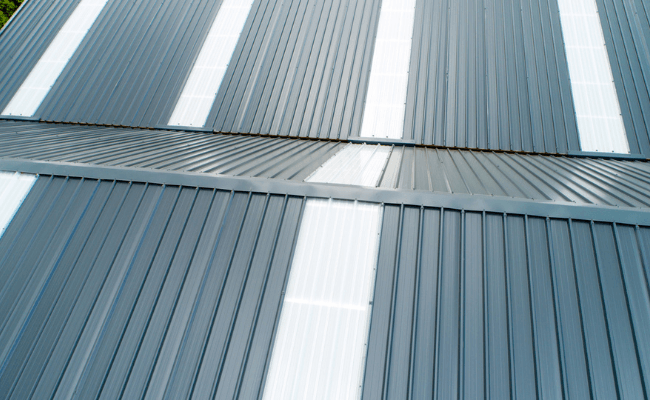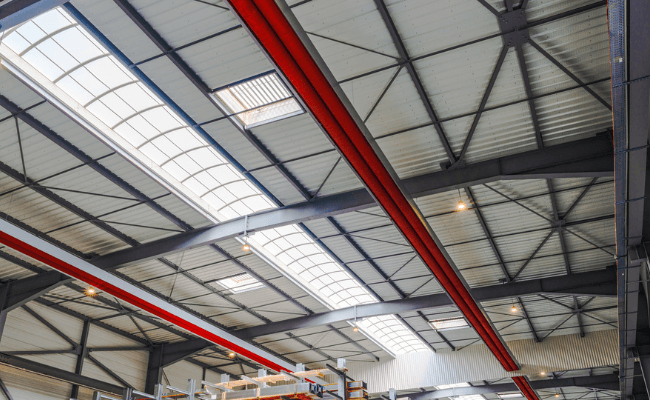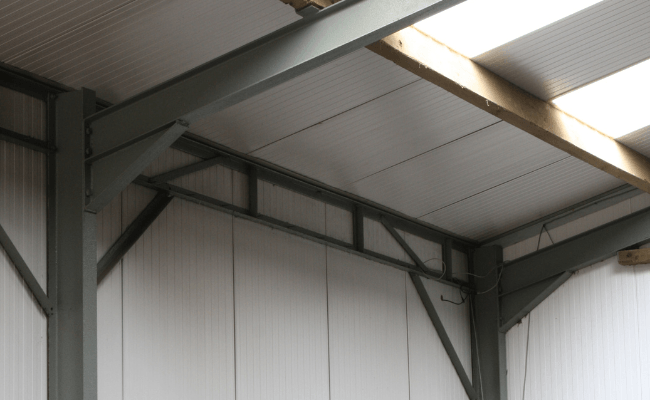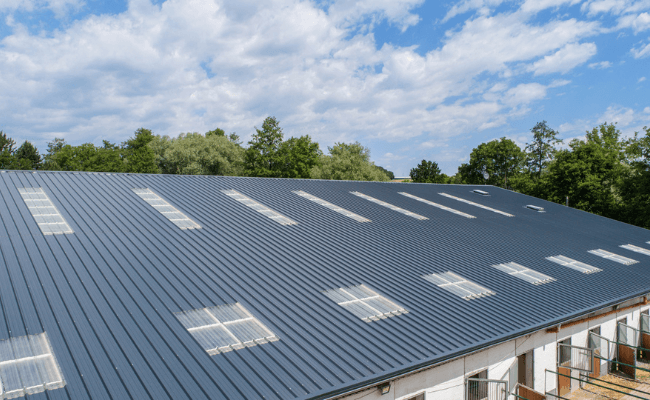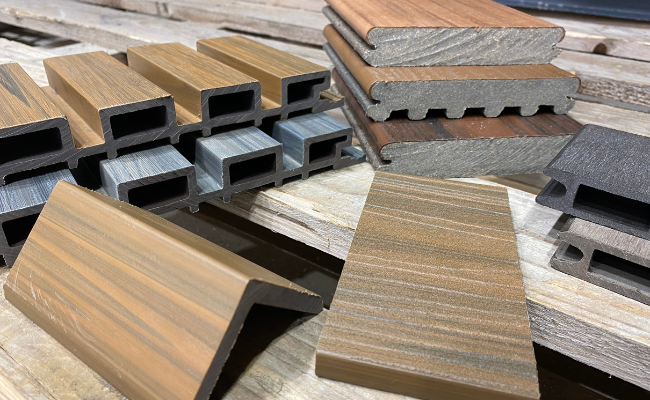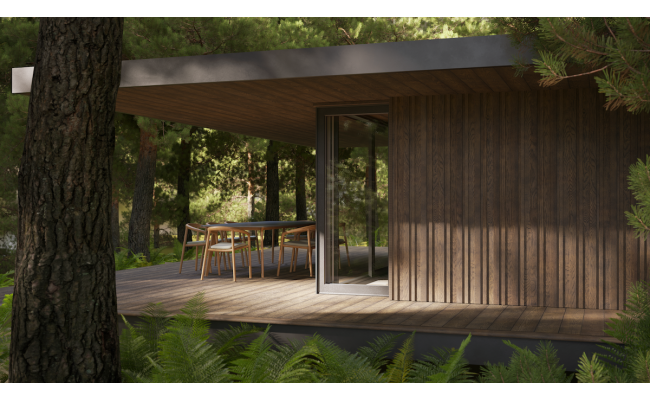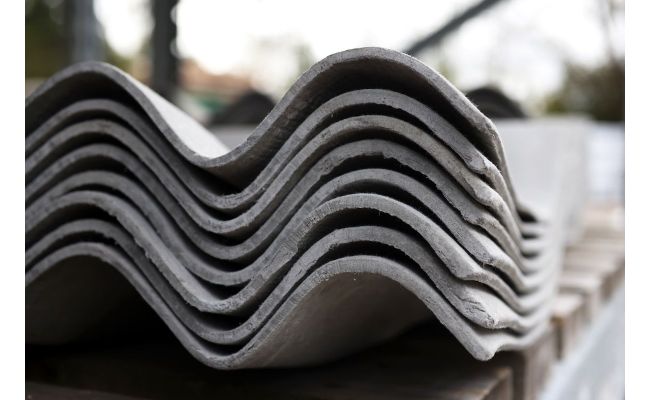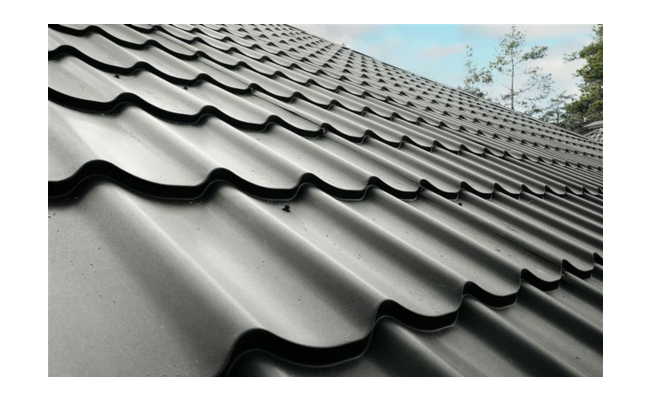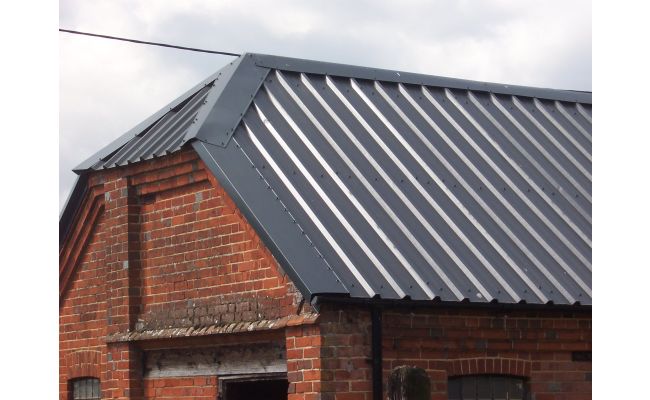When selecting garden products such as decking, fencing or cladding, we instinctively feel that wood is the best choice for the environment. However, with all the facts in hand, that choice may not be as simple as it seems.






Alternatives materials, such as wood plastic composites (WPC), could have less environmental impact overall since they are likely to have a longer life, without the need to maintain and treat them regularly – and to replace them more often.
What is WPC?
WPC, as the name suggests is a composite material made up of wood and plastics. Most WPCs are made from wood fibre combined with a polymer. Often, that wood fibre is in the form of sawdust, a by-product from a timber processing plant that otherwise would have wasted or used for a lower value application.
At this time of year, we see demand for certain WPC products rising, as people get their gardens ready for Spring and Summer. At Southern Sheeting, the WPC products we stock include Trex decking, Bison fencing and gates and Composite Batten Cladding.
Some WPCs are manufactured using recycling polymer. For instance, Trex uses recycled plastic film, a low-density polyethylene, as the polymer element. By combining that with the sawdust or reclaimed wood fibres, Trex can say that its products are made from 95% recycled materials.
One of the advantages of WPC, from a whole-life cost perspective, is that it needs no maintenance – other than perhaps an occasional washing down. WPC does not warp, fade or stain, it doesn’t rot and is resistant to mould.
Timber products, on the other hand, do require regular and diligent maintenance if they are to have a long life. They may have to be stained, varnished or painted to protect them from the elements and to keep them looking good. That’s why timber decking typically has a life of 10 to 15 years, depending on the type of wood used, whereas our Trex composite decking, is guaranteed for 25 years in residential use.
Where does waste wood go?
One of the reasons why choosing wood products is seen as a good environmental ploy is that timber sequesters carbon dioxide as it grows. That is, it takes in carbon dioxide and, through the process of photosynthesis, ejects oxygen. That’s why forests are sometimes called the lungs of the world.
So, if you are using a timber product, it has a negative carbon footprint, right? Well, that does depend on whether the timber has been grown sustainably – in a regime that renews the ‘lungs’ – and what happens to the timber at the end of its lifetime. If the waste wood from your garden is simply dumped in a landfill, that wood will decay, releasing the carbon dioxide it sequestered while growing along with some methane too. If you throw it on the bonfire, burning it will also release the carbon dioxide.
Although the proportion of waste wood that gets recycled has risen in recent years in the UK, 20% still goes to landfill, according to Community Wood Recycling
. And of the 80% that is recycled, around two-thirds was chipped and burnt to be used in power stations.
If you are replacing a wooden fence two or three times over when just one WPC fence would have lasted for that period, the environmental benefits of wood may start to fade. Note that there will also be carbon emissions linked to transporting and processing wood each time. In the UK, we import around 80% of the timber that we use with the top countries by value of timber imported being China, the US, Germany, Sweden and Finland.
Your choice
Of course, there are many more factors that feed into a decision about whether a timber or WPC product is the right choice for your garden. Initial cost is also a consideration (WPC tend to be more expensive), along with aesthetics, maintenance and lifetime costs.

